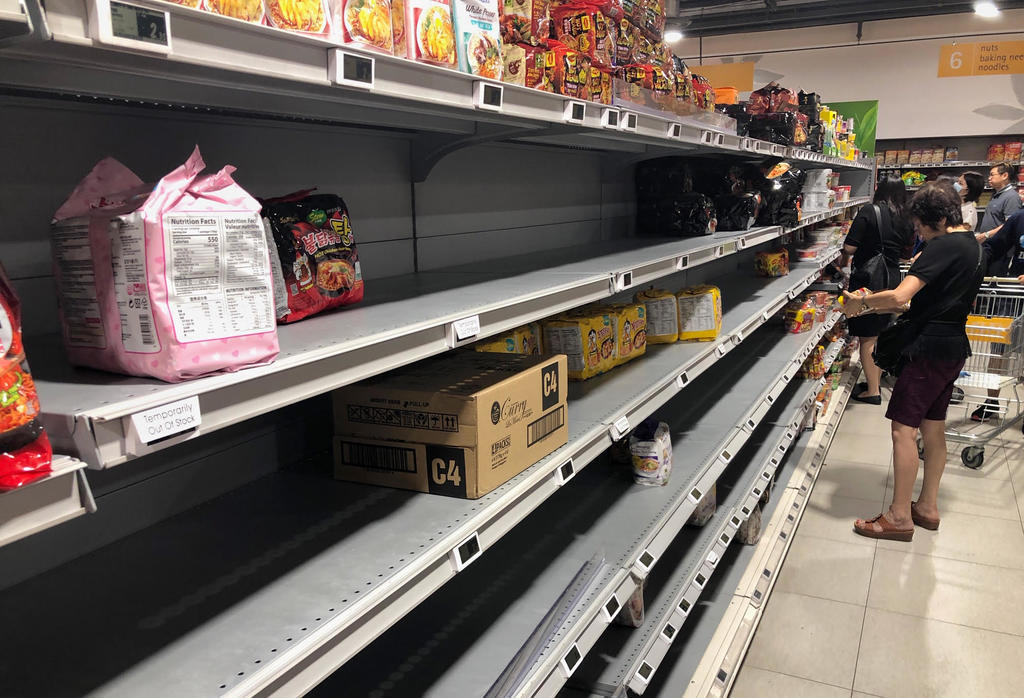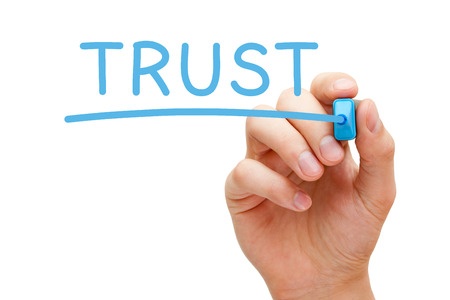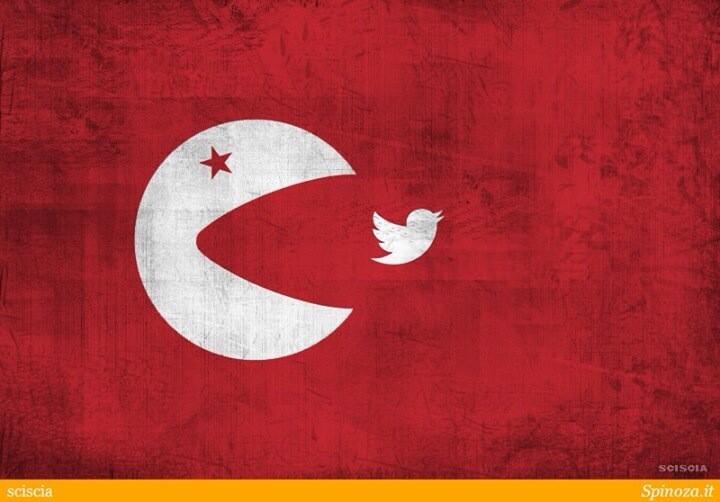
This is the biggest crisis all of us have ever dealt with. The pandemic has impacted every major country, both directly and indirectly. It’s brought whole industries down. And, worst of all, tens of thousands of people have lost their lives. And it’s going to get worse.
The hope is that we can all take action to flatten the curve and reduce the number of infections to a level that our healthcare systems can deal with. And this isn’t just a possibility. Countries such as Singapore and South Korea have shown that the right approach can be found to get us through this in the best shape possible, with fewer infections.
Government communications is key here. I’ve seen some brilliant work, and I’ve seen work which isn’t going to achieve anything other than the opposite of what was intended. Here’s what I hope governments will look at doing right now.
A Single Source of Information
This isn’t just a viral pandemic. We’re seeing fake news spread at an unprecedented rate. Given how many government departments are involved in a crisis response (think health, education, business, finance, legal, customs, transportation, basically everyone), the potential for the message not to be seen is high. Each government department has its own website, its own comms channels, and team.
What a crisis like this requires is a single source of information, especially online. This location needs to take the lead in pushing out any and all information on the virus and its impact, including for individuals and organizations on everything. What others must then do is aggregate information from that website. By doing this, you get people to understand where they should go, not only to source information but to also corroborate what they’ve been told.
One example of a single source is Weqaya.ae, a website set up by the UAE government to educate people on health-related issues. This website is a start (and I haven’t checked out how it looks on mobile, and if the website is responsive in terms of design), but there’s another issue that governments need to tackle, and that’s language.
Multiple Languages
It’s pretty obvious, but I’m yet to see governments in my region push out information in multiple languages. And I’m assuming it’s the same in many other places. Now more than ever, communicators need to understand their audiences, and push out content in as many languages as possible (this is why diversity and inclusion matters when it comes to comms, which many of us seem to have forgotten). Write a piece in multiple languages, translate infographics, and if you can’t dub over a video, use subtitles. In the Gulf, the languages to look at include Tagalog, Hindi, Urdu, Malayalam, Bahasa… If the linguistic group is large enough, bring in people who know the language to translate, and then push out the content through that single source website and via…
The Use of Influencers
This crisis has been a missed opportunity when it comes to using third parties to get the message out. And I’m not just referring to people with blue ticks or big followings. An influencer right now could include a foreign embassy, an ambassador, or any person or account that’s trusted by a specific group of people. These individuals have mass appeal, they’re trusted, and they post consistently. My feeling is that governments are behind brands when it comes to using influencers (and I’ll say that many social media influencers haven’t helped themselves by being tone deaf to the situation).
Some countries have done things differently. Look at what Finland is doing. Read this from the Guardian.
Finland has enlisted social influencers in the government’s efforts to contain the coronavirus pandemic, arguing that they are just as useful as mainstream media in a crisis when it needs to inform the population fast, clearly and accurately.
“We can reach a large part of the public in Finland through official communications and traditional media, but it’s clear the authorities’ messaging doesn’t always reach all population groups,” the government communications director, Päivi Anttikoski, said.
“The aim of this cooperation is to provide better access to information for those who are difficult to reach through traditional channels. As far as we know, Finland is the only country in the world to have defined social media as ‘critical operators’,” – along with doctors, bus drivers and supermarket workers.
Adapt Social Media
Governments have to innovate when it comes to crisis communications. They’ve got to create new channels based on usage and popularity. Oman set up a new Twitter account sharing all official news on what’s happening in the country. The account was set up this month, but it already has 65k followers, and is tweeting in multiple languages.
What the WHO has done with Whatsapp is smart. This channel is used globally, and it’s a simple and effective way of getting out information effectively via a chatbot. It’s also the place where most misinformation spreads (and we have no way of monitoring what is being shared here due to end-to-end encryption). Have a look at the launch of the service, and please do load it into your Whatsapp.
Transparency and Expertise Matters (Especially for Leaders)
My friend Julio Romo wrote a brilliant read on what Singapore is doing to combat the Coronavirus. Given that the state has come through this better than anyone else, their government communications should be studied widely. One aspect of what they’re doing is promoting clear information as to what is happening on the ground, and tell residents what actions they need to take. Their leaders have been using social media and traditional media effectively, to push out a clear message on what is happening, the actions the government is taking to make things better, and what the public can do to help.
Another must-read article was written by Ullrich Ecker and Douglas MacFarlane for the Guardian. They spell out what leaders need to do to ensure that people listen, remain calm, and follow advice. If you’re in comms, read the piece. But needless to say, openness matters.
And third, look to who is delivering your message. Doctors and scientists have emerged as the best communicators right now, because they understand the subject better than anyone. Look to Dr Anthony Fauci, who has become a household name in the US thanks to his clear, no-nonsense advice. Their understanding of the issue is reassuring. I’d like to see more scientists being given the opportunity to speak and guide the public (have a look at this WEF article about scientists and communications).
Avoid Conjecture
My last piece of advice is avoid making comments in the heat of the moment, especially on social media. I’ve seen so many government communicators in the Middle East mouth off on Twitter, making statements about the impact of the virus on the economy only for these statements to become nonsense a couple of days later. I’ve seen others talk about how well residents have been treated, only to have the country close its borders a couple of hours later. To paraphrase, trust takes time to build, and disappear in an instant. Do what you can to engage, to educate, and to listen as well (we don’t talk about listening enough in communications).
That’s the short of it for me – let me know what you’d add, and let’s start communicating better. What we do matters now more than ever, to keep people safe and save lives. We have been given an opportunity to make a difference for the better, so let’s take it.

















